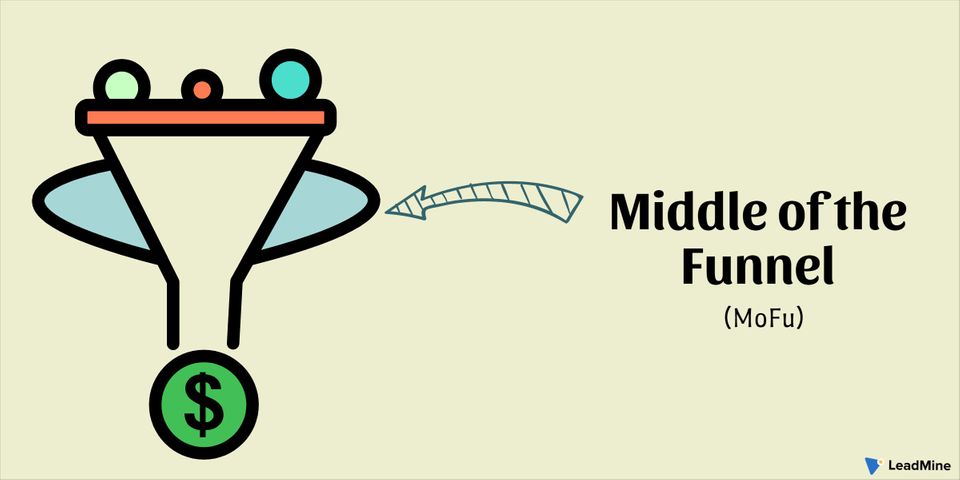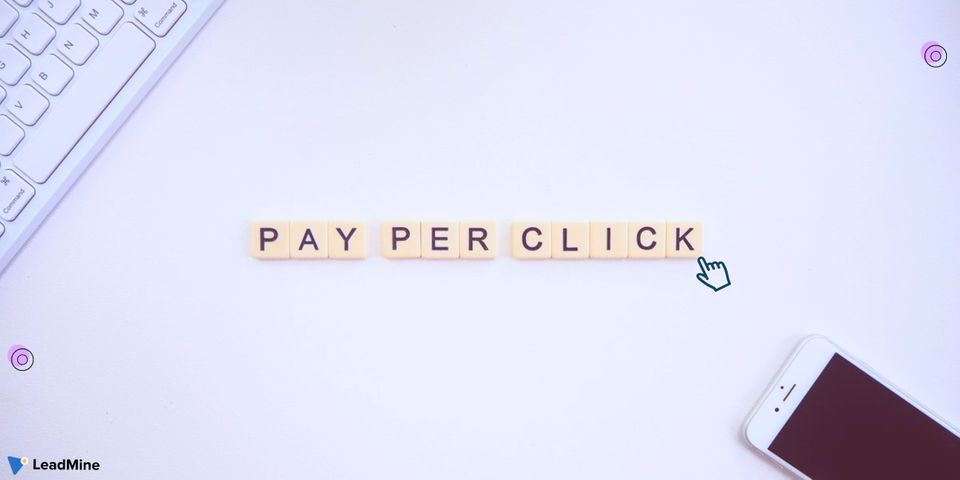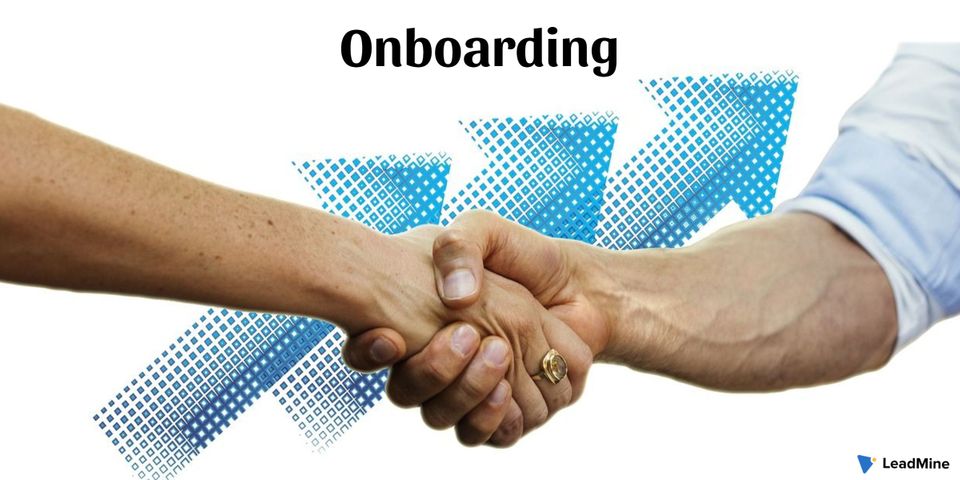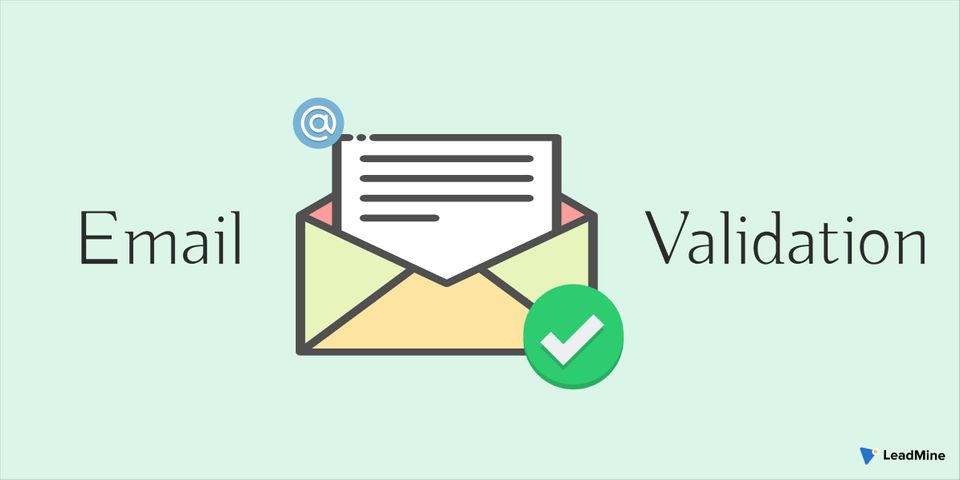No one ever mentions the middle of the funnel. Marketers are primarily concerned with attracting and producing leads at the top of the funnel. Meanwhile, sales are concentrating on turning those leads into paying customers at the bottom of the funnel.
We will go over the following:
- What is the Middle of the Funnel?
- Conversion Stages for the Middle of the Funnel
- Keys to Middle of the Funnel Success
- Conclusion
What is the Middle of the Funnel? 🤔
The stage of the sales funnel that focuses on education and interaction with the aim of finding high-quality leads is known as the middle of the funnel. Leads in the middle of the funnel have an adequate degree of brand awareness and knowledge, have engaged with at least one marketing platform, have shown an interest in a product, and are not yet ready to buy. This necessitates material that both educates them and addresses any sales objections.
This is an ideal time to begin building the prospect's confidence in our brand by providing targeted, educational, and compelling material. Prospects in the middle of the funnel are also receptive to new concepts and ideas. Few buyers will have a specific set of specifications in mind, but most will have only a hazy understanding of what they want.
The conversation stage is the middle of the funnel for a marketer. Prospects in the middle of the funnel need to be nurtured; they want thoughtful, straightforward engagement that is tailored to them. We're starting to form a bond with the prospect, gaining leverage and reputation through genuine interactions.
Conversion Stages for the Middle of the Funnel 🤝
The aim of the middle of the funnel is to educate potential customers about your products and services, evaluate their needs, and determine if they're likely to become paying customers in the near future.
Depending on how granularly the team tracks their pipeline, you might want to look at the funnel in its major stages or monitor each desired action a prospect takes toward a purchase. Here are some conversions or measures you may want to monitor in your funnel:
- Call for a demonstration or a discovery
When it comes to sales, the demo or discovery call is similar to a first date: You're getting to know them, and they're getting to know you, and you're wondering whether to spend more time together.
If you're giving a product presentation, make sure it looks great and highlights the most important features. To use the appropriate tone, ask the appropriate questions, and genuinely listen to the needs of the prospect. This will not only help you adjust your pitch but will also help you build a good rapport. - Opportunity
An opportunity is just what it sounds like: a genuine chance to make a sale and profit. If a demo goes well and the idea is a good match for the lead, you know there's a good chance they'll buy, and you can turn them into a CRM opportunity. - Trial
For certain businesses, the best advertising tactic is to let customers try the product out for themselves. Offering a trial period allows prospective buyers to see for themselves what they like and hate about the product, as well as whether it can meet their needs, without having to commit completely. If your business offers a free trial, make sure to include it as a stage in your sales funnel. - Make a proposal
A sales proposal, while not as nerve-wracking as a romantic proposal (usually), is a significant move. The proposal includes information about the products and services you intend to provide the client, as well as pricing and contract terms. After receiving a proposal, the client may either accept the terms or request changes, such as incorporating or withdrawing programs, changing data, and so on.
Most plans will be returned to all parties a few times until they are satisfied.
Keys to Middle of the Funnel Success 🥳
When sales and marketing aren't on the same page, blind spots appear in the middle of the funnel. More case studies and Best-in-Class practice guides can be beneficial, but they will not solve the problems. Poor hand-offs and a shoddy certification process will result in these blind spots, causing many prospects to exit your funnel at this stage.
These three middle-of-the-funnel success keys will assist you in plugging these leaks and can sales:
#1 The Correct Definition of a Sales-Qualified Lead 😇
Downloading a case study does not automatically qualify a lead for sales. Working with the sales team to assess what really signals a middle-of-the-funnel prospect's buying intent is critical. This may include more stringent qualification criteria, more in-depth knowledge of web activity or knowledge of how prospects have communicated with competitors.
#2 Alignment of Content ✍️
Prospects should have some contact with the sales team in the middle of the funnel. To have a lasting effect, these discussions must be accompanied by relevant material. This entails developing content that is clearly targeted at the middle of the funnel and convincing the sales team to support it.
Each piece of MoFu content should aim for one of the following objectives:
- The prospect should be informed and educated about your particular offering. Assist them in comprehending what it is, how it functions, and how it differs from the rivals' solutions.
- Demonstrate how your approach solves their problems. Regardless of how beneficial documentation is, seeing how anything functions can be transformative.
- Take care of your worries and concerns. Implementing a new approach can be a daunting task, and the prospect could face obstacles they hadn't expected or objections specific to their company.
- Persuade and persuade them to buy. Keep in mind that you're not selling a product, but rather something that will make their lives easier.
#3 Engagement at the Right Time 🤩
In order to engage prospects in the middle of the funnel, you must first have a solid understanding of their actions. Contacting a prospect who is just approaching the middle of the funnel is not the same as dealing with one who is about to close. Your sales team will be able to find the right balance. Marketers, on the other hand, can boost their success rates by investing in data that provides more background for individual buyer activity.
Conclusion
The next move is to close the deal after a lead has been certified to a SQL, given a demo, converted to an opportunity, and given a proposal. Making sure the prospect gets the details they need in the middle of the funnel is critical to a successful closing.
Share your thoughts about the middle of the funnel with us at LeadMine.





